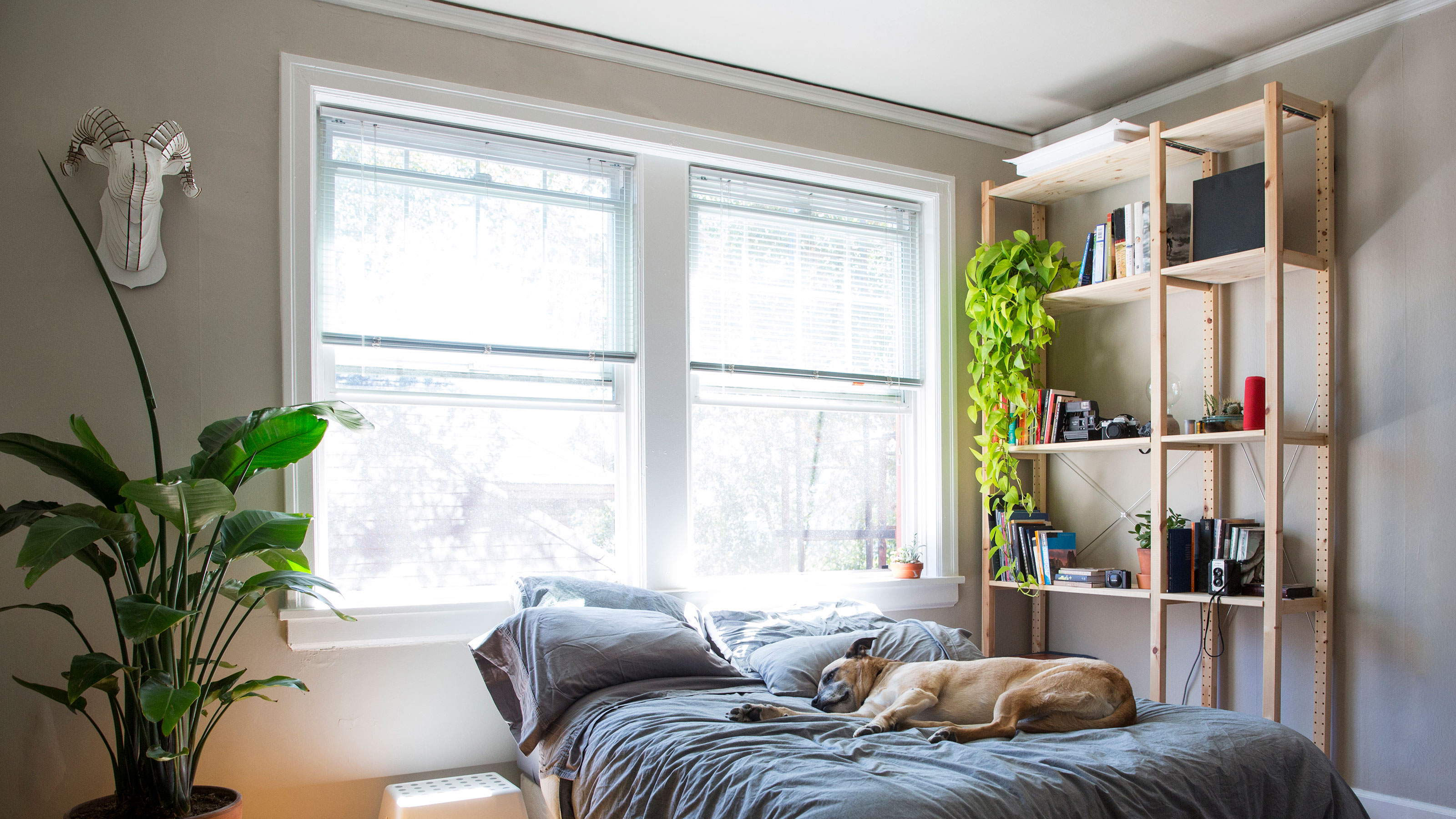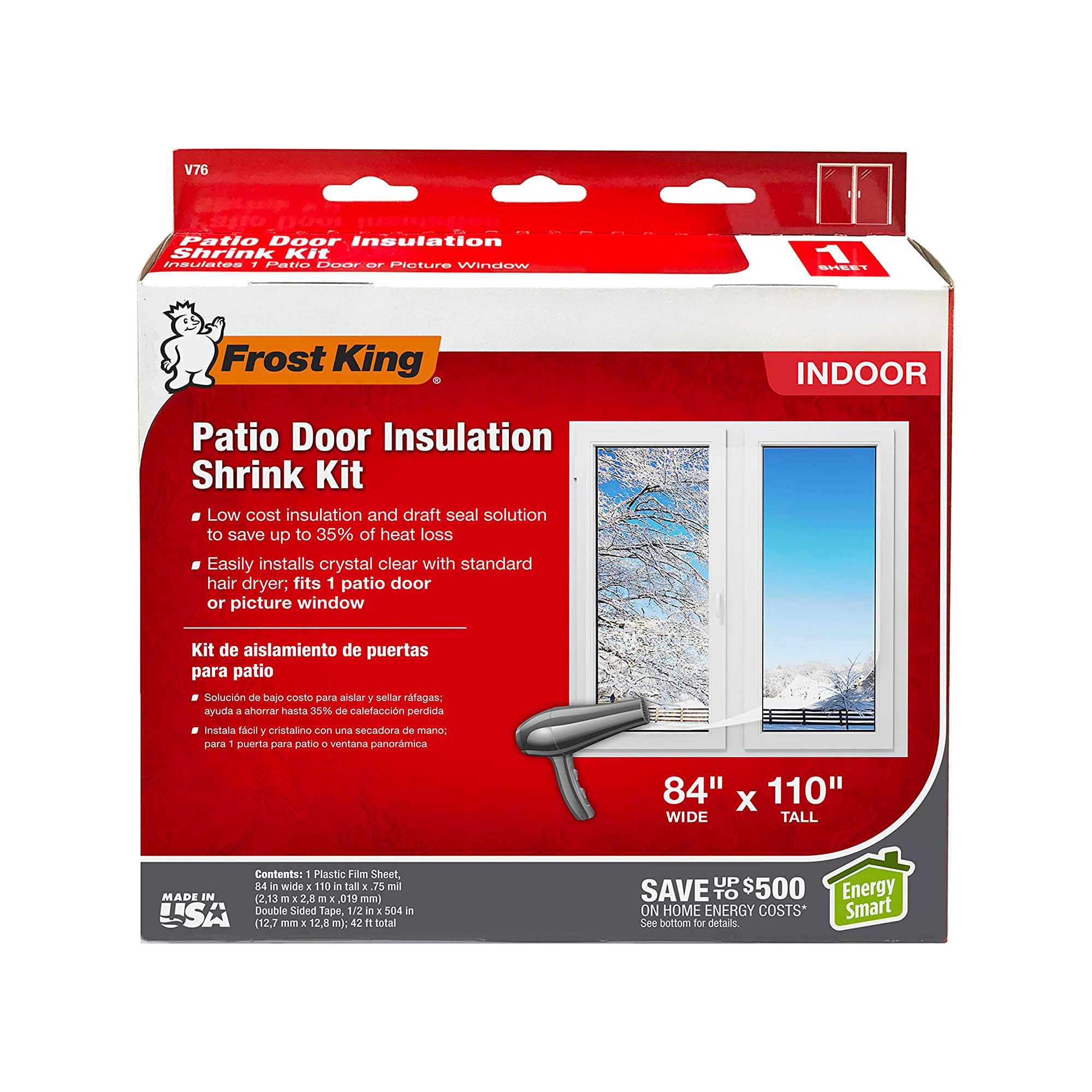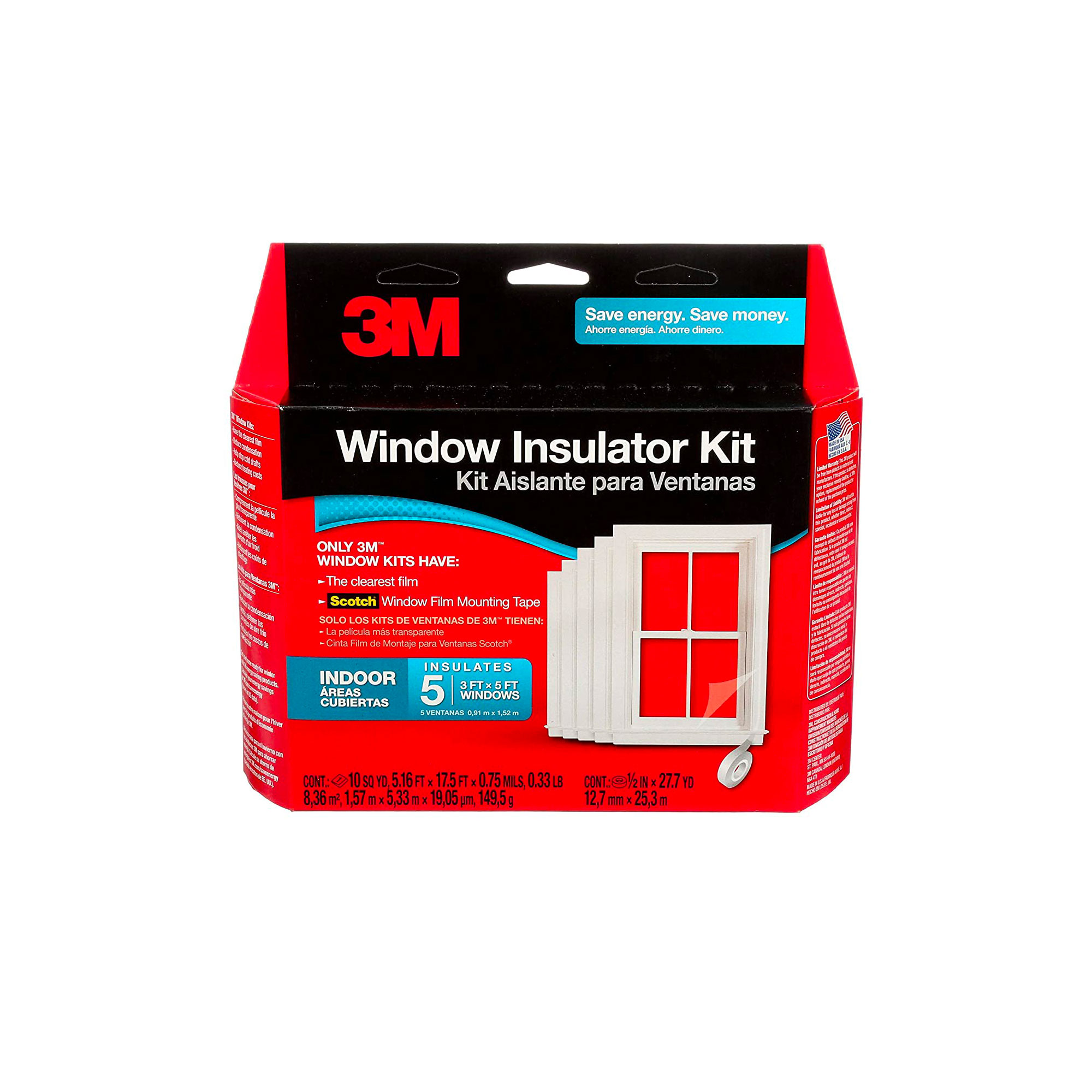3 cheap ways to insulate drafty rental windows ASAP
Keep out the cold for less


The cold has hit, and we're all feeling it. If your rental apartment windows are particularly drafty, and you don't have the budget or the time to insulate windows more long-term, rest assured that there are some super cheap and easy DIY solutions.
Plastic film and bubble wrap can make quick weatherproofing for windows, easing up condensation problems and making a huge difference to the atmosphere of your home, especially in cold winter months. There are a few more expert-recommended methods you can try, too, depending on the extent of your problem, on the time you have available, and on your budget.
1. Window film
By far the quickest way to insulate rental windows will be using a DIY window film. DIY home bodies and TikTokers like Shauna of homediydiary have used it with total success, and from the comments, it seems as though it's a super cheap quick fix that has actually been used for years — especially in Canada where temperatures drop low. So it's definitely worth a shot.
Made from plastic, window film is easy to apply and comes in a kit that generally includes the film and tape for the window.
2. Use caulk
To insulate windows effectively, you may need to use a combination of methods for the best results. If you can feel a draft coming through the window, before you apply plastic film, try using caulk to seal the gaps. Always ask your landlord/landlady though first if you rent.
Caulk is easy to apply and can be used around all the joints in the window frame and the joint between the frame and the wall.
"Use a knife to scrape any old caulk or peeling paint off exterior or interior window edges," advises home improvement expert Arnold Long, general ops manager at Mr. Blue Plumbing. "Then, fill a caulking gun with silicone caulking."
Get small space home decor ideas, celeb inspiration, DIY tips and more, straight to your inbox!
3. Use weatherstripping
To insulate windows effectively, you may need to use a combination of methods for the best results. If you can feel a draft coming through the window, before you apply plastic film, try using caulk to seal the gaps. Always ask your landlord/landlady though first if you rent. Caulk is easy to apply and can be used around all the joints in the window frame and the joint between the frame and the wall.
How can I insulate windows cheaply?
It’s very easy to insulate all types of windows cheaply. Whether you use plastic in the form of window film or bubble wrap, you can insulate windows in winter for a very low cost plus just a little bit of your time.
You might also need to caulk any gaps and add weatherstripping to the windows, but, again, these are low-budget solutions and speedy ways to fix drafty windows.
Curtains with a thermal lining can be found at a lower cost. However, you may want to have custom drapes with a thermal lining made for your window; in which case, the price will rise according to the curtain fabric selected and the labor involved in making curtains of the right size for the window.
How do I insulate my windows for winter?
When the chilly season arrives there are two main ways to help your home stay warmer. To insulate windows in winter, you can put a stop to cold drafts and keep the warm air in your home with heat-shrink window film.
If you don’t mind obscuring the view somewhat, bubble wrap, as mentioned, is an alternative that can keep a room cozier. And it will still let the light through. The bubble wrap boosts a single glazed window’s resistance to heat flow — its R-value — cutting the heat loss.
Check your windows for gaps, and if you find any, fill them in ASAP. Then hang curtains with a thermal lining and you'll be all set.
If your windows are actually super old or damaged, talk to your landlord about having new windows installed instead.

Sarah is a freelance journalist and editor writing for websites, national newspapers, and magazines. She’s spent most of her journalistic career specialising in homes – long enough to see fridges become smart, decorating fashions embrace both minimalism and maximalism, and interiors that blur the indoor/outdoor link become a must-have. She loves testing the latest home appliances, revealing the trends in furnishings and fittings for every room, and investigating the benefits, costs and practicalities of home improvement. It's no big surprise that she likes to put what she writes about into practice, and is a serial house revamper. For Realhomes.com, Sarah reviews coffee machines and vacuum cleaners, taking them through their paces at home to give us an honest, real life review and comparison of every model.


